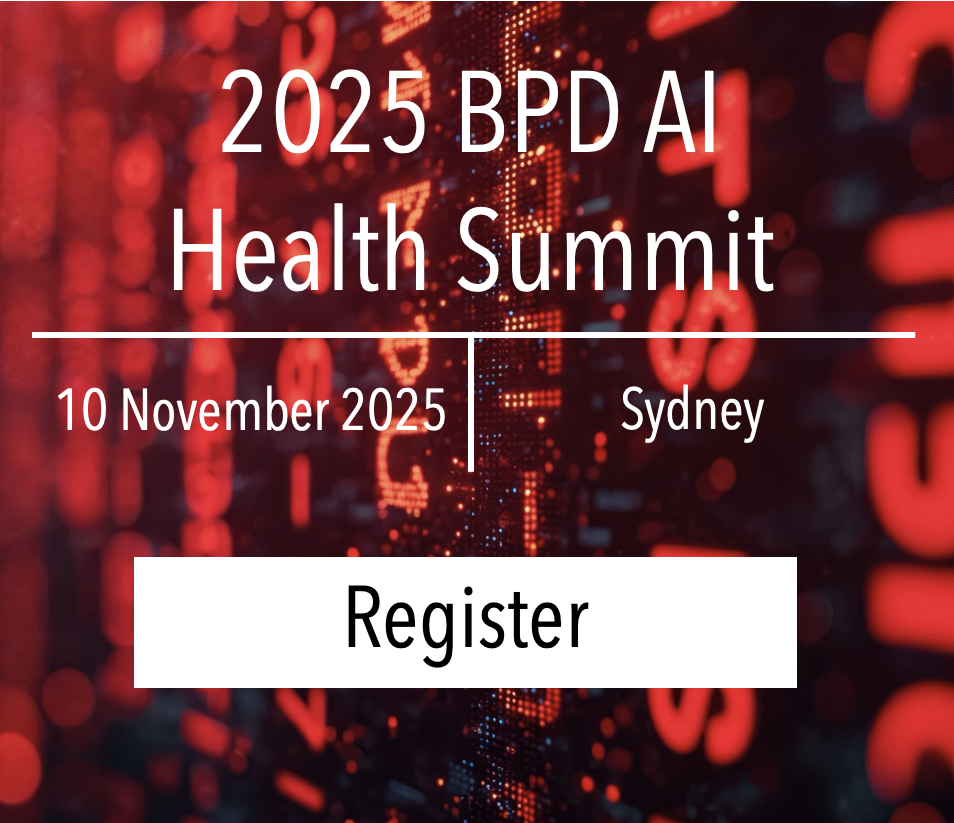The federal government's annual spending on single-brand patented medicines has risen from $3.3 billion to $10.2 billion since 2014. Or has it?
According to the annual PBS Expenditure and Prescriptions report, the government's investment in these medicines (F1) has risen by over 300 per cent since 2014, at an average annual rate of 15.5 per cent, with its share of total spending on the program rising from 45 per cent to 61 per cent.
Over the same period, the average cost of an F1 dispensed prescription has risen from $85 to $312.
Of course, that is all before the payment of rebates by companies under their risk share and special pricing arrangements.
In 2013-14, companies paid just $341 million in rebates, representing $6.5 million weekly.
In 2022-23, they paid almost $4.7 billion in rebates, or nearly $90 million each week. The aggregate amount paid in rebates has risen by 1,363 per cent since 2014.
If the rebates are attributed to medicines in F1, the category's annual cost in 2022-23 falls from $10.2 billion to $5.6 billion. The average cost of an F1 dispensed prescription also falls from $312 to $171. The average annual growth rate falls from 15.5 per cent to 6.7 per cent.
Even this exaggerates the actual cost to the government of single-brand patented medicines because of the short-term impact of spending on COVID-19 antivirals. The government invested around $1 billion in the two PBS-listed antivirals in 2022-23.
On a normalised basis, with the removal of the two antivirals, actual government spending on single-brand patented medicines may have grown over the past decade at an average annual rate of around 4 per cent.

